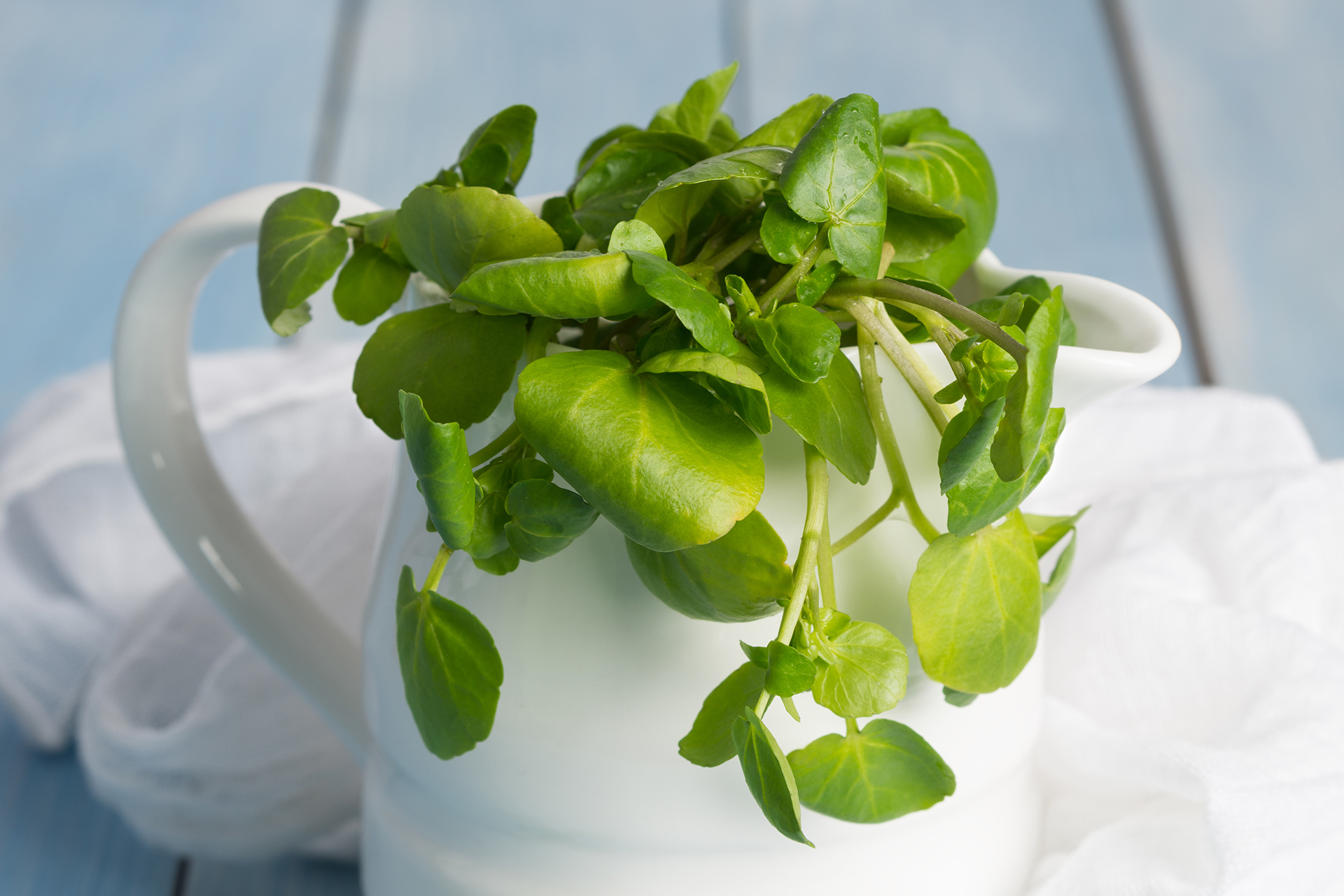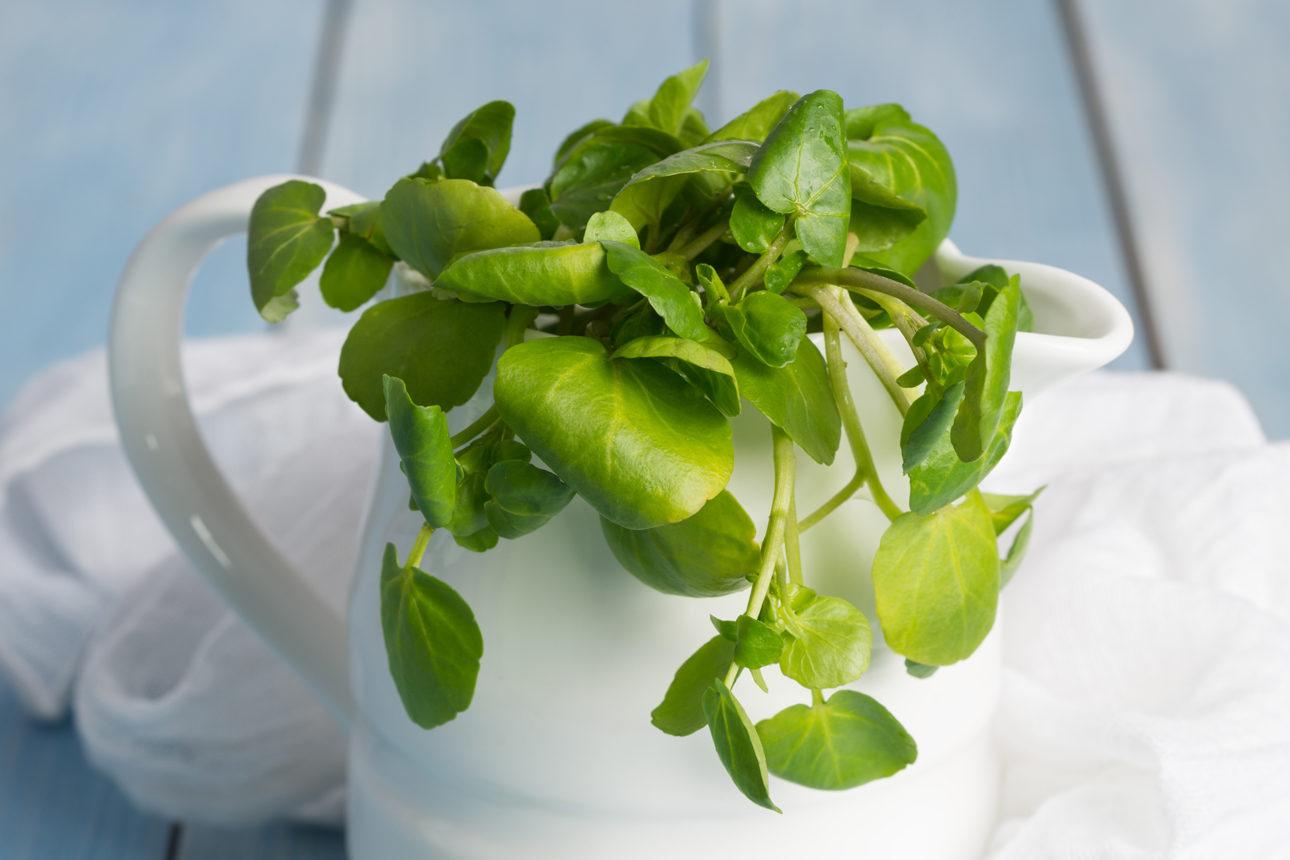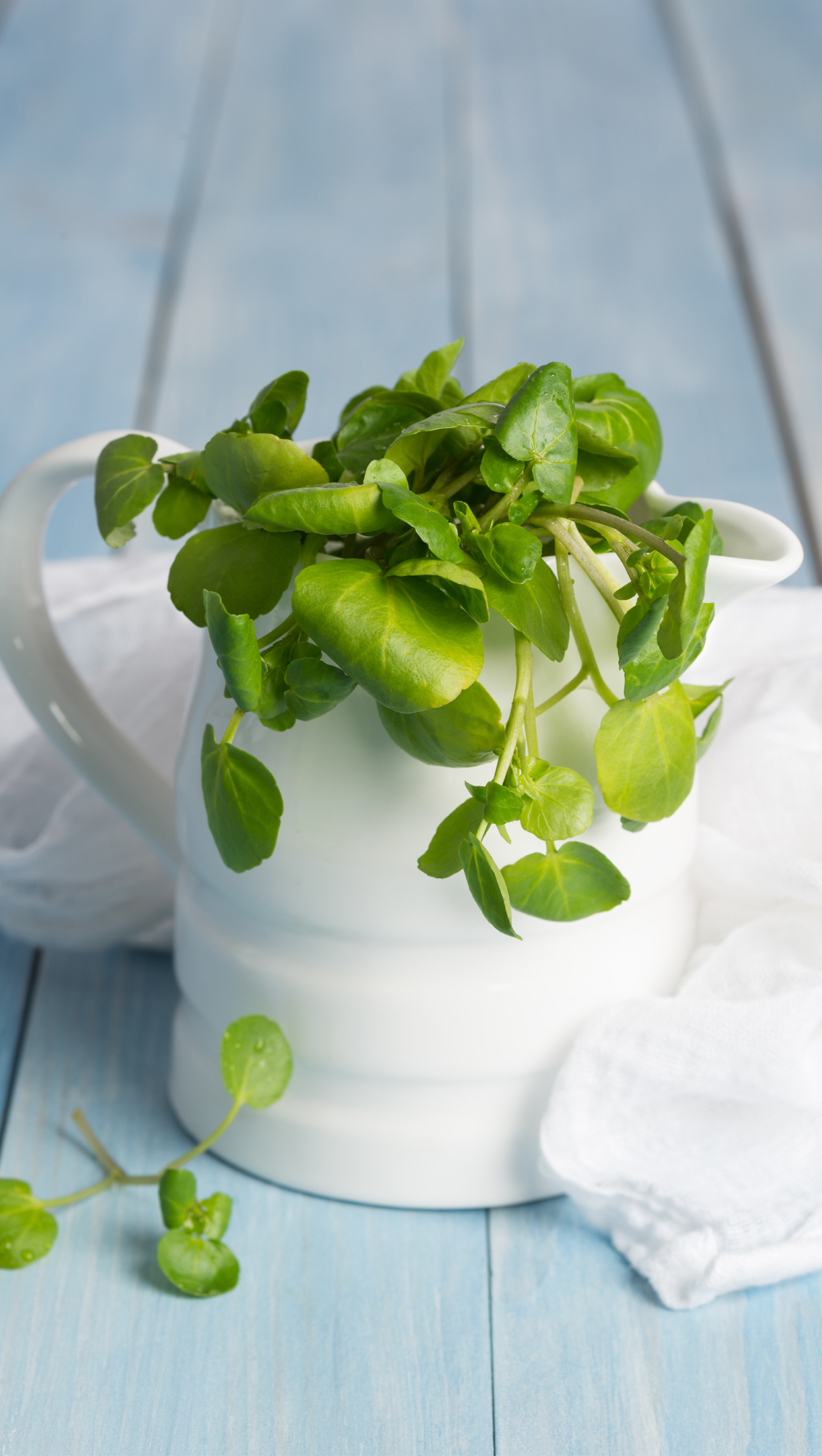
An uncommon herb: with its peppery flavor, garden cress sauce pairs well with fresh cheeses.
Origin
Garden cress is one of the lesser known edible, aromatic herbs. It’s of the cruciferous or brassica family, like cabbage and radishes. There are different types of cress: watercress (Nasturtium officinale), which grows along brooks and streams with very clean water. It flowers in the summer but the tender shoots are picked in winter and spring. Another type is wild peppergrass, which grows in sunny plains and is picked in the summer. English cress (Lepidium sativum) has longer stems and smaller leaves at the top, and is often grown in home gardens.
Known since ancient times, cress was especially loved by the Persians, who believed that it had nutritional benefits that could help young children’s growth of development. The Romans believed that it was good for the body and even had aphrodisiac qualities. This belief was attributed to the plant right up until about 1800.
Cook It
How can you use it in cooking? The leaves of garden cress are slightly spicy and acidic, so they’re great for adding flavor to bruschetta and sandwiches–especially as sprouts. They can also be cooked in soups and purees. Cress can be used to make herby sauces that pair well with cheeses, and can lend them a pleasant kick. They also go well with other field greens, like chicory and dandelion, as well as valerian, radicchio and lettuce. Very rich in health benefits, garden cress is picked in spring and must be used fresh, as it completely loses its nutritional value when dried. Among the ideas for using it in cooking, take a page from Milanese chef Cesare Battisti’s book: risotto with garden cress.
Did you know that?
Garden cress boasts countless benefits: it’s a remineralizer because it contains mainly iron, phosphorus, sulfur, potassium, calcium, zinc, copper and manganese. It also has diuretic and cleansing properties. And thanks to its high iron content, garden cress juice is recommended for people with anemia who are in recovery. Lastly, it’s an excellent disinfectant due to its high sulfur content. Garden cress is considered an extremely healthy food because 100g of leaves contain just 30 calories, but 21% of the daily recommended amounts of vitamin A, 24% of vitamin B and 85% of vitamin K.




